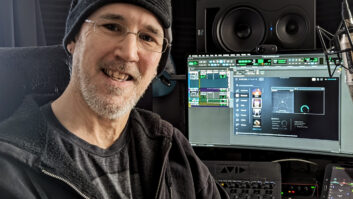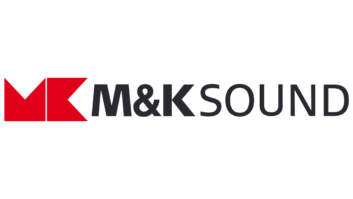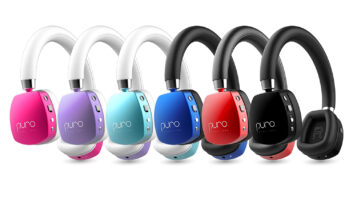San Francisco – Cellular handsets will be able to download and stream music and video 5.1-channel surround sound in only a year or two, Coding Technologies predicts.
The company, one of the key contributors to MPEG Surround, said the technology is flexible enough to be used in low-bit-rate transmissions and with any current compressed or uncompressed audio format. Just as important for owners of cellphones and other portable devices, the technology uses binaural decoding to deliver surround sound effects through any existing pair of headphones, said Shawn Hopwood, Coding’s senior director of licensing.
In spring or midsummer, MPEG Surround software will be available to suppliers of handset chips and to content providers and broadcasters, including cellular carriers, said Hopwood. Given handset makers’ product cycles, the technology could appear in commercial handsets in one to two years, he said.
The technology could also be applied to mobile DTV services, satellite radio and digital HD Radio, he said.
The Motion Pictures Experts Group (MPEG) approved MPEG Surround in January as an official standard, which Hopwood described as codec-agnostic because it can be used to encode uncompressed WAV files or compressed music files, whether MP3, AAC, aacPlus, or others. He likened MPEG Surround to AVI, which he described as a “general-purpose container” of files of any format, including WAV and MP3. In the case of MPEG Surround, the container adds technology developed mainly by Coding, Philips, Agere and the Fraunhofer Institute, he said.
The MPEG Surround container adds 5.1-channel surround information to a stereo-compatible file playable through existing two-channel stereo decoders. The stereo signal is embedded with as little as 8kbps of data that contains “the parameters describing the original 5.1 signal,” which will be audible when played through an MPEG Surround decoder, Hopwood said. In a 64kbps data stream, the main stereo signal would be delivered at 56kbps.
MPEG Surround also incorporates binaural decoding to create a surround-sound experience through headphones while “preserving the artistic intent” of the original 5.1 mix, Hopwood said. During a recent demonstration of 64kbps music and movie soundtracks, MPEG Surround programming was played back in stereo mode, which delivered some surround-sound cues to the listener. When MPEG Surround mode was engaged, however, the effects became more pronounced. Sounds in each of five channels appeared to emanate from a distance rather than from a close proximity to the listener’s head.
“The stereo mix down of a 5.1 program can be MP3, AAC, aacPlus and WAV,” he stressed, noting that HD Radio, XM Satellite Radio, the MediaFLO mobile DTV service and Sprint’s over-the-air music-download service use aacPlus, which incorporates multiple technologies developed by Coding Technologies.
Hopwood touted the advantages of combining aacPlus with MPEG Surround, calling the quality of a low bit rate 32kbps aacPlus program as “stunning” compared to a 32kbps MP3 program. aacPlus delivers the quality of AAC in a file that’s four times smaller, he added. Company literature described 32kbps aacPlus as “near-CD-quality stereo.” Cellular carries, Hopwood noted, stream audio as 32kbps or 48kbps.












